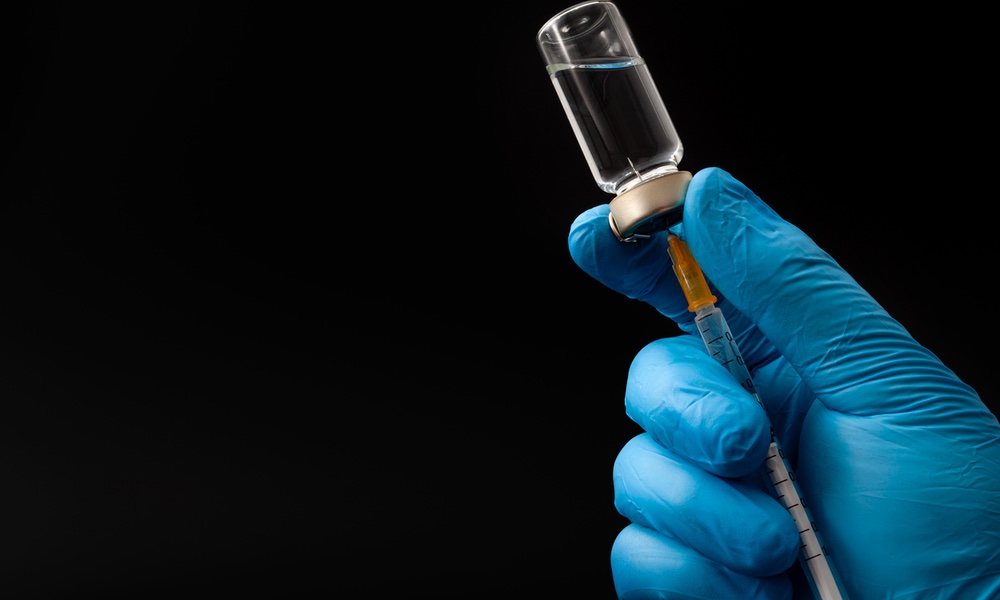When the body of 22-year-old Ohio State football player Kosta Karageorge was found in a trash dumpster after he had been missing for four days, the high risk of brain injury among football players hit the news again. His family has blamed his disappearance and possible suicide on his history of concussions.
Most of the studies of traumatic brain injuries have focused on professional and college players, but new research finds that even at the high school level, a season of football can cause changes to the white matter in the brain — no diagnosis of concussion needed.
The Wake Forest University researchers wanted to look at the risks associated with cumulative and repeated impacts in younger players. Christopher Whitlow, corresponding author of the study, told TheDoctor that researchers know little about the damage caused by repeated helmet impacts in younger players and its effect on their still-developing brains.
The researchers outfitted the helmets of 24 high school football players with the Head Impact Telemetry System (HITS) for all practices and games during one season. HITS devices are used in youth and college football to measure the frequency and severity of helmet impacts.A season of football can cause changes to the white matter in the brain — no diagnosis of concussion needed.
The players also underwent pre- and post-season evaluations with a magnetic resonance imaging (MRI) technique called diffusion tensor imaging (DTI) to detect tiny changes in the white matter of their brains.
Based on the data they collected, the researchers categorized 15 players as light hitters and nine players as heavy hitters. None of the players sustained a concussion during the season.
In healthy white matter, the water movement is restricted to the direction of the nerve fibers, that is, it can't go elsewhere. Scientists call this restricted movement anisotropy. If most of the water movement is restricted, then the fractional anisotropy or FA value is high. If white matter becomes damaged, and the water can now move in many directions, not just the one direction, scientists calculate a lower FA.About 50 percent of helmet impacts occur during practices.
When the researchers compared post- to pre-season DTIs, they found FA values had significantly decreased in certain areas of the brains of heavy hitters, compared to light hitters. This raised concern that the heavy hitters were at increased risk for white matter damage or delayed development.
Parents should take these findings with a grain of salt, said Whitlow. They need to weigh the risks of sports like football with the benefits of physical activity. Sports give kids cardiovascular and other health benefits, and teach them the value of being part of a team.
Whitlow recommended parents become involved, "Get to know the coaches, attend games, know what drills are being conducted during practices." He added that his team found that about 50 percent of helmet impacts occur during practices.If we can identify risks, we can intervene and decrease those risks and make football safer for the players.
Parents should ask if a certified athletic trainer (CAT) is present during all games, Whitlow suggested, because a CAT is a first responder for injuries on the field.
For more information, he recommended the CDC's information about concussion in high school sports and Wake Forest’s Childress Institute for Pediatric Trauma website.
Whitlow and his team presented their research at the annual meeting of the Radiological Society of North America.





